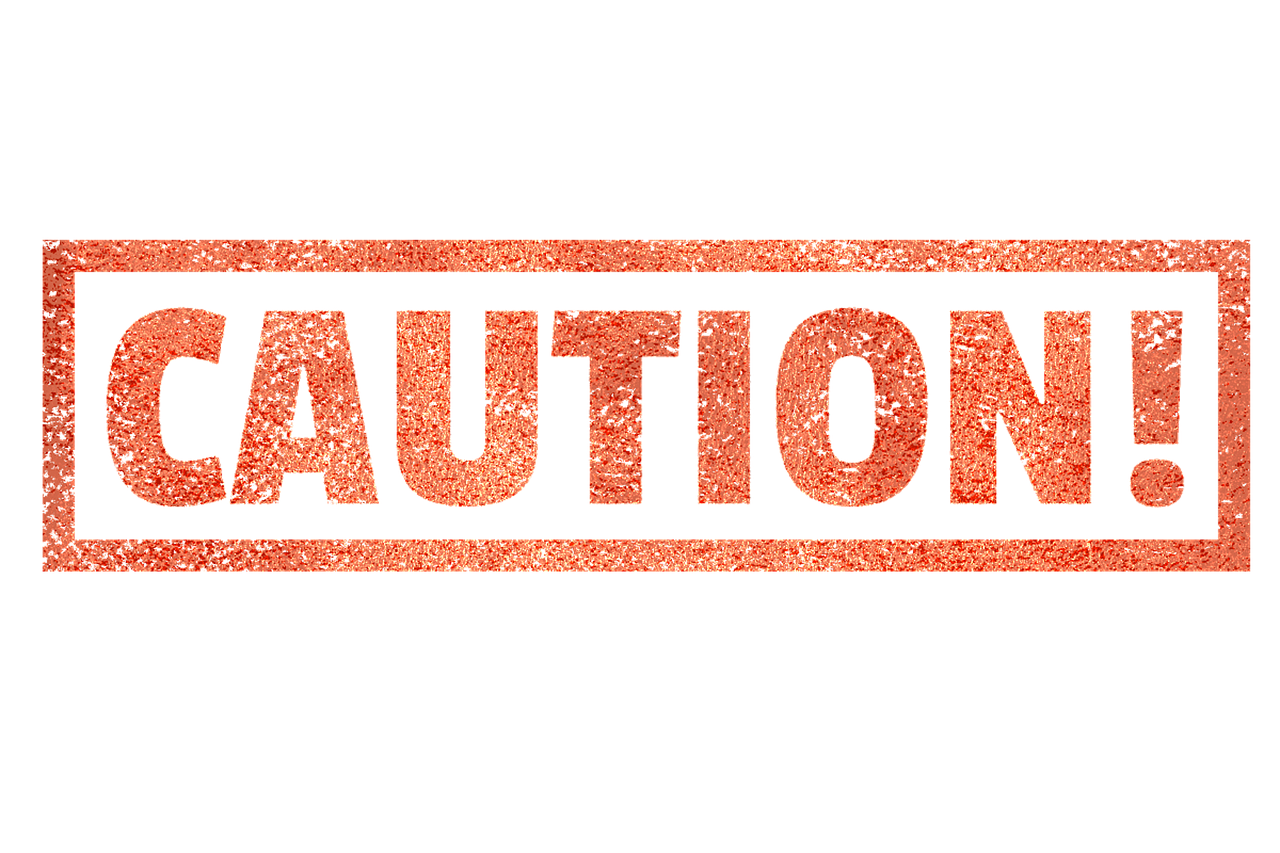Introduction: The Hidden Pitfalls of “Vegan” Products
The popularity of veganism has led to an influx of products marketed as vegan. However, not all products labeled “vegan” meet the standards of a plant-based lifestyle. While some items may genuinely avoid animal-derived ingredients, others might include hidden components that compromise their vegan status. For ethical vegans and those transitioning to a plant-based lifestyle, it’s essential to identify the signs that a product is not truly vegan.
In this comprehensive guide, we’ll explore common pitfalls and practical tips for identifying non-vegan products, ensuring your purchases align with your values.
Common Ingredients That Are Not Vegan
1. Animal-Derived Additives
One of the most deceptive aspects of labeling is the inclusion of ingredients that are derived from animals but not easily recognizable. Common examples include:
- Gelatin: Made from animal collagen, often used in candies and marshmallows.
- Casein and Whey: Dairy-based proteins frequently found in processed foods, even those labeled as plant-based.
- Shellac: A resin secreted by insects, used to give a shiny coating to candies and certain fruits.
- Carmine (E120): A red dye derived from crushed insects, found in cosmetics and food coloring.
Tip: If a product lists unfamiliar ingredients, research them to ensure they are plant-based.
2. Hidden Dairy Derivatives
Products that appear vegan may still contain dairy by-products. Watch for:
- Milk Powder: Often added to baked goods, chocolates, and snacks.
- Lactose: A sugar found in milk, sometimes used as a sweetener or preservative.
- Butterfat: Used in some chocolates and baked goods to enhance texture.
These ingredients can often slip under the radar, particularly in processed foods like crackers or chips.
3. Refined Sugar Processed with Bone Char
Sugar might seem inherently vegan, but some refined sugars are processed using bone char, an animal-derived substance used to bleach and filter. While not an ingredient in the final product, the use of bone char during processing can make the sugar non-vegan.
How to Identify Vegan Sugar:
- Look for certifications like “USDA Organic” or “Non-GMO Project Verified.”
- Opt for unrefined or raw sugar varieties such as turbinado or coconut sugar.
Misleading Labels and Certifications
1. Products Labeled “Plant-Based”
The term “plant-based” is often used interchangeably with “vegan,” but they are not the same. While plant-based products primarily include plants, they may still contain small amounts of animal-derived ingredients like honey or dairy.
2. Ambiguous Certifications
Certifications like “Cruelty-Free” or “Organic” do not necessarily mean a product is vegan. While these labels address ethical concerns, they may overlook the inclusion of animal-derived ingredients.
Key Certifications to Look For:
- Certified Vegan Logo: Guarantees no animal-derived ingredients or testing.
- PETA’s Bunny Logo: Often associated with cruelty-free, but ensure it explicitly states vegan.
How to Avoid Hidden Animal Products in Food
1. Read Ingredient Labels Carefully
Scan the label for any of the following:
- E Numbers: Some food additives, like E120 (carmine) or E441 (gelatin), are derived from animals.
- Natural Flavorings: This vague term can sometimes include animal-derived substances.
2. Choose Certified Vegan Products
Brands that clearly label their products as vegan are less likely to include hidden animal-derived ingredients. Look for trusted vegan certifications to simplify the decision-making process.
3. Research the Brand
If the label is unclear, visit the brand’s website or contact customer service to verify if the product is vegan.
Products Beyond Food: Hidden Animal-Derived Ingredients in Everyday Items
1. Cosmetics and Personal Care
Many beauty products use animal-derived ingredients or test on animals. Watch for:
- Beeswax: Common in lip balms and mascaras.
- Lanolin: A wax derived from sheep’s wool, used in moisturizers.
- Collagen and Keratin: Found in anti-aging and hair-strengthening products.
Solution: Opt for brands labeled as vegan and cruelty-free.
2. Household Items
Items like candles, cleaning products, and even certain paints can include animal by-products. For example:
- Tallow: A form of animal fat used in soaps and candles.
- Casein: Found in some adhesives and paints.
By seeking vegan-friendly alternatives, you can ensure your lifestyle aligns with your values beyond just your diet.
The Role of Transparency and Accountability
As the demand for vegan products grows, many companies are striving to meet consumer expectations. However, transparency is still a significant issue. Some brands may not fully disclose all ingredients or sourcing practices.
How to Promote Transparency:
- Support companies that provide detailed ingredient lists and sourcing information.
- Advocate for clearer labeling standards in your region.
- Educate yourself and others about deceptive marketing practices.
Conclusion: Making Informed Vegan Choices
Identifying truly vegan products requires vigilance and a commitment to understanding labels and certifications. By avoiding hidden animal-derived ingredients, misleading labels, and unethical practices, you can ensure your purchases align with your vegan values.
Veganism is about more than avoiding animal products; it’s about making informed and ethical choices. With this guide, you’re better equipped to navigate the complexities of vegan labeling and make decisions that support your health, ethics, and the environment.


